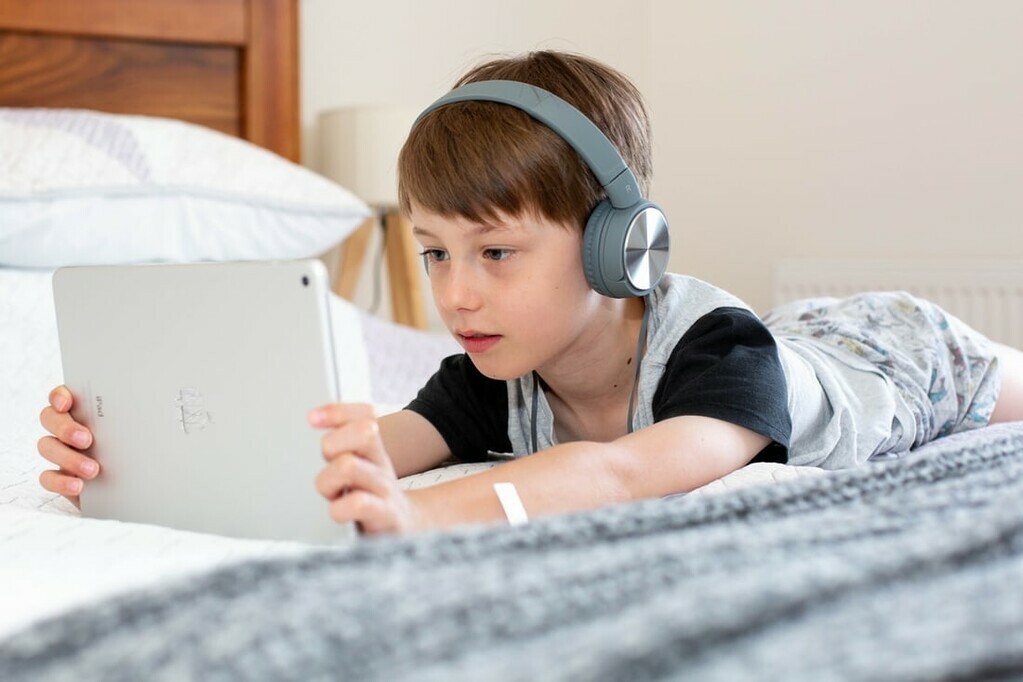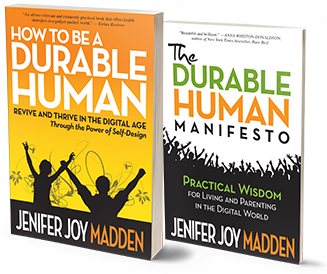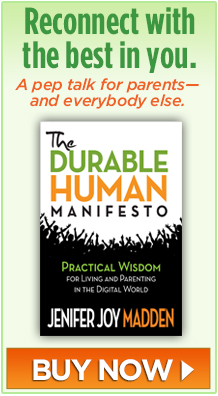
Understanding how dopamine works in the brain may help people achieve better life balance, especially when it comes to using digital devices.
That’s according to Clifford Sussman, M.D., a child and adolescent psychiatrist based in Washington, D.C. who treats children for compulsive video game use and other screen-related mental health disorders.
Using Sussman’s concept, parents have a new way to talk with their kids about digital activities without needing the words “no”, “don’t”, or “addiction.”
What is dopamine?
Dopamine is the chemical released in your brain when you do something exciting that has an instant payoff, such as playing a thrilling video game, seeing your likes on Instagram, or clicking BUY on a nice pair of shoes. We all love that tingly feeling.
“The problem comes when you’re doing this for a really long time. Let’s say hours or even days,” says Dr. Sussman.
Over time, the constant flow of dopamine drives a person to want to repeat the exciting activity. A residual effect is feeling bored when doing other things, including academics.
“When kids binge all weekend on games, they will be more bored of their classes on Monday,” Dr. Sussman observed in this webinar for the Ross Center.
High Versus Low Dopamine Activities
To achieve a balance, Dr. Sussman suggests alternating high-producing dopamine activities (HDAs) with activities that have little dopamine kick.
Low-dopamine activities (LDAs) take time and don’t provide instant gratification. Examples are working out, doing chores, playing an instrument, drawing, taking a shower, or having a conversation.
Low dopamine activities done on a screen also take time and are usually productive, such as writing a paper, creating a Power Point, or using Photoshop.
By learning how to balance activity types, people learn how to stop an activity when it’s time to stop—a life skill that can benefit people of all ages, not just children and teens.
Dr. Sussman has many adult patients as well who struggle with excessive screen use, as he told The Durable Human: “Especially young adults who still do not have a completely developed prefrontal cortex and often are in college or looking for work, which requires more self-regulation than the more structured life of a full-time employee.”
But he also sees older adults with established careers “who find their lives becoming unraveled by their screen habits.”

Tips for Parents
Dr. Sussman suggests making lists with your child of low and high dopamine activities. (For ideas, see his LDA list). Hang up your LDA list alongside a written daily routine where your child will see them every day.
Young people need a variety of daily activities to be durable in body and mind. Besides school and homework, those include:
- An hour of physical play or structured form of exercise, outdoors if possible to receive nature benefits
- Skill-building and/or chores
- Family time, including device-free meals
- Screen-free quiet time for thinking, idea-generation, and mental digestion
- Recommended sleep:
- Ages 6-12 years: 9-12 hours
- Ages 13-18 years: 8-10 hours
Dr. Sussman also suggests doing:
- HDAs and LDAs in separate areas of the home
- HDAs and LDAs on separate devices (which guards against multi-tasking)
- HDAs in limited blocks of time
- For younger kids: no more than 30 minutes per block
- For teens: no more than 1 hour per block
- If there is time in a day for multiple HDA blocks, kids can learn delayed gratification by waiting at least an hour after completing an LDA before starting another HDA
Start new digital wellness habits the easy way: Download the Free Durable Family Pledge
Talking about Dopamine and Screentime Management
The graphics in the “internet and video game information” section at www.cliffordsussmanmd.com can show kids how dopamine works in the brain.
These conversation starters come from Screenagers movies producer Delaney Ruston, M.D.:
- What do you think about this idea of high and low dopamine activities?
- Can you think of a time you were on a screen for a long time when you felt particularly low afterwards? Maybe sad, or angry or perhaps you had a headache?
- Do you think taking more breaks between screen time fun activities could improve your mood?
In his advisory Protecting Youth Mental Health, U.S. Surgeon General Vivek Murthy suggests this question:
- Are you online because you want to be, or because you feel like you have to be?
If dopamine-management techniques have little effect and a young person is still relentlessly drawn to video games, social media, or another HDA, a full break from all screens may be necessary.
In her book Reset Your Child’s Brain, psychiatrist Victoria Dunckley has a step-by-step digital detox plan and instructions for tackling what she calls Electronic Screen Syndrome, or ESS.
Download a free ESS Symptoms Checklist and information PDF

Adult Dopamine Management
Dr. Sussman’s treatment for adults struggling with screen-based activities is adapted from his strategies for treating teens.
For example, he says, “one could start with a 1-week dopamine detox for a brain reset and then use that time to add structure to their life and rearrange the cues in their environment to better separate HDAs and LDAs.”
Those lifestyle changes may include doing volunteer work on the weekends, visiting a public library each day or every week, and picking a place to charge all devices at night that is furthest from the bedroom.
After the detox, screen-based activities should be interspersed with regularly scheduled outdoor LDAs with friends or family. This, Dr. Sussman says, “not only maintains balance, but also reduces cabin fever and social isolation while improving physical health.”
Winter LDAs could be ice skating, sledding, and indoors in places like gyms, tennis courts, and swimming pools. Taking walks, playing outdoor sports, and going to the beach are activities for warmer months.
When Dopamine Management Doesn’t Work
If digital overuse can’t be controlled, Dr. Sussman advises, “one should never rely on willpower alone.” Instead, “seek out help when struggling with work, school, relationships, or physical/mental health issues.”
That help could include online resources such as GameQuitters and mental health professionals who specialize in digital use disorders.
About the author:
Jenifer Joy Madden is a digital wellness specialist, Syracuse University adjunct professor of broadcast and digital journalism, and author of How to Be a Durable Human: Revive and Thrive in the Digital Age Through the Power of Self-Design.



